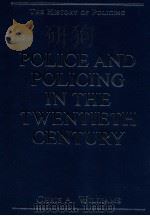《POLICE LEADERSHIP IN AMERICA CRISIS AND OPPORTUNITY》
| 作者 | WILLIAM A. GELLER 编者 |
|---|---|
| 出版 | 未查询到或未知 |
| 参考页数 | 520 |
| 出版时间 | 没有确切时间的资料 目录预览 |
| ISBN号 | 0030032881 — 求助条款 |
| PDF编号 | 811868378(仅供预览,未存储实际文件) |
| 求助格式 | 扫描PDF(若分多册发行,每次仅能受理1册) |
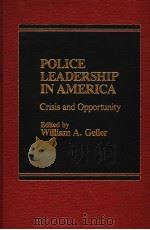
PART 1: THE CHIEF AS A MAJOR MUNICIPAL POLICYMAKER1
Introduction3
1. Structuring the Political Independence of the Police Chief5
2. The Police and the Polis: A Mayor’s Perspective20
3. The Prospective Chief’s Negotiation of Authority with the Mayor30
4. Politics and Police Leadership: The View from City Hall41
5. Chief-Mayor Relations: The View from the Chief’s Chair48
PART 2: THE CHIEF AND THE COMMUNITY57
Introduction59
6. Shaping and Serving the Community: The Role of the Police Chief Executive61
7. Police-Community Power Sharing70
8. Organizing the Community for Improved Policing84
PART 3: THE CHIEF AND THE MEDIA97
Introduction99
9. Police Accountability and the Media102
10. Media Accountability and the Police: A Response to Jerome Skolnick and Candace McCoy136
11. Media Coverage of Police Departments: A Response to the Skolnick-McCoy Critique139
12. Rejoinder to Carl Stern’s and Jack Fuller’s Criticisms of “Police Accountability and the Media”143
PART 4: WHO DISCIPLINES THE POLICE?145
Introduction147
13. Who Disciplines the Police? Who Should?149
14. The Sources of Police Legitimacy and a Model for Police Misconduct Review: A Response to Wayne Kerstetter183
15. Reaching Systemic Police Abuses – The Need for Civilian Investigation of Misconduct: A Response to Wayne Kerstetter187
16. Who Disciplines the Police? I Do! A Response to Wayne Kerstetter193
17. Controlling the Police – The Art of the Possible: A Rejoinder to Napper, Pomeroy, and Schwartz196
PART 5: THE CHIEF, THE LAW, AND LAWYERS199
Introduction201
18. Prosecutors, Courts, and Police: Some Constraints on the Police Chief Executive203
19. Blighted Trees in a Benighted Forest: The Police Officer’s Cases, the Prosecutor’s Screening and Bargaining Practices, and the Social Scientist’s Numbers216
20. Overkilling the Police: A Response to McDonald on Police and the Legal Profession222
21. Of Overkill and Blighted Trees: A Rejoinder to McNamara and Alschuler225
22. Section 1983 and the Changing Face of Police Management226
PART 6: THE CHIEF AND THE UNION237
Introduction239
23. Police Unions: Paper Tigers or Roaring Lions?241
24. The Chief and the Union: May the Force Be with You281
25. Police Unions: How They Look from the Academic Side286
PART 7: SUPPOSE WE WERE REALLY SERIOUS ABOUT USING THE POLICE FOR CRIME CONTROL?291
Introduction293
26. Order Maintenance, the Quality of Urban Life, and Police: A Line of Argument296
27. Order Maintenance, the Quality of Urban Life, and Police: A Different Line of Argument309
28. The Oasis Technique: A Method of Controlling Crime and Improving the Quality of Life322
29. Making Better Use of Victims and Witnesses332
30. Retrenchment, the Constitution, and Policing340
PART 8: WHITHER PROFESSIONALISM?349
Introduction351
31. Setting the Standards: The Efforts and Impact of Blue-Ribbon Commissions on the Police354
32. Research and the Police Administrator: Working Smarter, Not Harder371
33. Police Research and Police Policy: Some Propositions about the Production and Use of Knowledge383
34. Leading Blindly: An Assessment of Chiefs’ Information about Police Operations397
35. The Ethics of Experimentation in Law Enforcement418
36. Justifying the Moral Propriety of Experimentation: A Case Study430
37. Rights and Risks: The Ethics of Experimentation in Law Enforcement436
38. The Quest for Certainty: Ethical Concerns in Police Experiments440
39. Police Experimentation with Civilian Subjects: Formalizing the Informal444
40. Private Enterprise and the Public Police: The Professionalizing Effects of a New Partnership449
41. The Police Executive as Statesman459
References467
Name Index491
Subject Index495
About the Editor and the Contributors513
《POLICE LEADERSHIP IN AMERICA CRISIS AND OPPORTUNITY》由于是年代较久的资料都绝版了,几乎不可能购买到实物。如果大家为了学习确实需要,可向博主求助其电子版PDF文件。对合法合规的求助,我会当即受理并将下载地址发送给你。
高度相关资料
-

- CULTURE AND CRISIS IN BRITAIN IN THE THIRTIES
- 1979 LAWRENCE AND WISHART LONDON
-
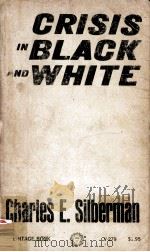
- Crisis in black and white
- 1964 Vintage Books
-

- BLACK LEADERSHIP IN AMERICA 1895-1968
- 1985 LONGMAN
-
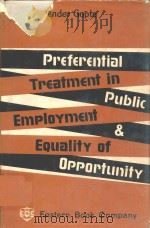
- Preferential treatment in public employment and equality opportunity
- 1979 Eastern book company
-
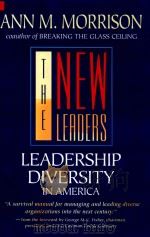
- The New Leaders Leadership Diversity in America
- 1992 Jossey-Bass Publishers
-
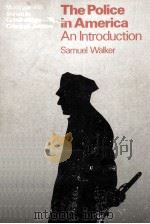
- THE POLICE IN AMERICA AN INTRODUCTION
- 1983 MCGRAW-HILL BOOK COMPANY
-

- UNDERCOVER POLICE SURVEILLANCE IN AMERICA
- 1988 UNIVERSITY OF CALIFORNIA PRESS
-

- POLICE INTERROGATION AND CONFESSIONS ESSAYS IN LAW AND POLICY
- 1980 THE UNIVERSITY OF MICHIGAN PRESS
-

- POLICE AND CRIMINAL JUSTICE ADMINISTRATION IN INDIA
- 1985 UPPAL PUBLISHING HOUSE
-

- THE POLICE IN AMERICA AN INTRODUCTION THIRD EDITION
- 1999 MCGRAW-HILL
-
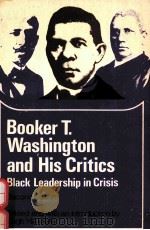
- BOOKER T.WASHINGTON AND HIS CRITICS BLACK LEADERSHIP IN CRISIS SECOND EDITION
- 1974 D.C.HEATH AND COMPANY
-
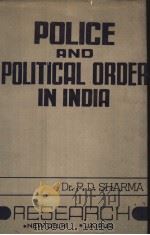
- Police and Political Order in India
- 1984 Research:Delhi
-
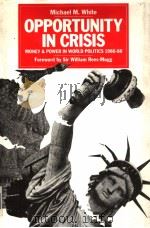
- OPPORTUNITY IN CRISIS Money and Power in World Politics 1986-88
- 1985 FIRETHORN PRESS
提示:百度云已更名为百度网盘(百度盘),天翼云盘、微盘下载地址……暂未提供。➥ PDF文字可复制化或转WORD
